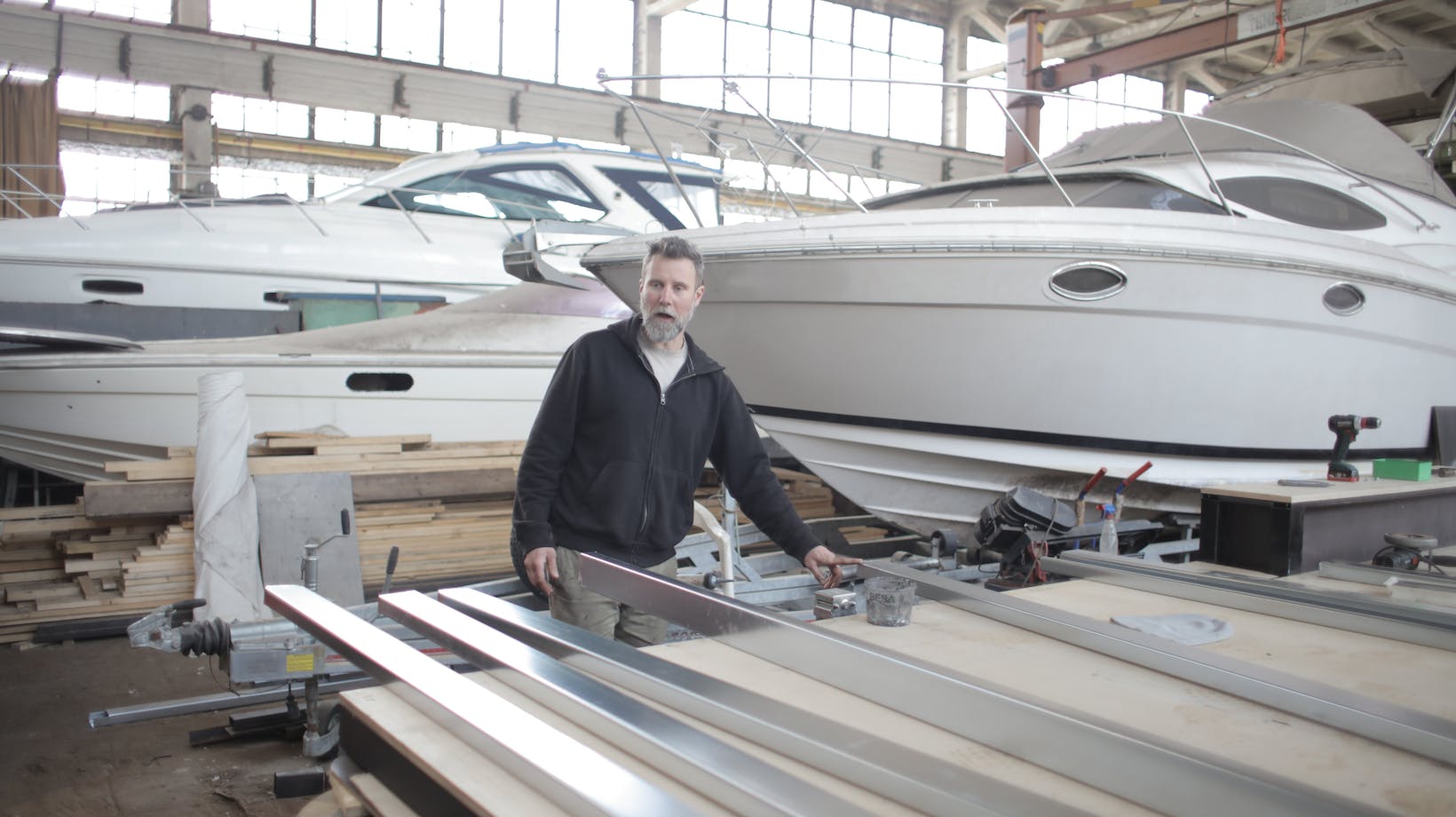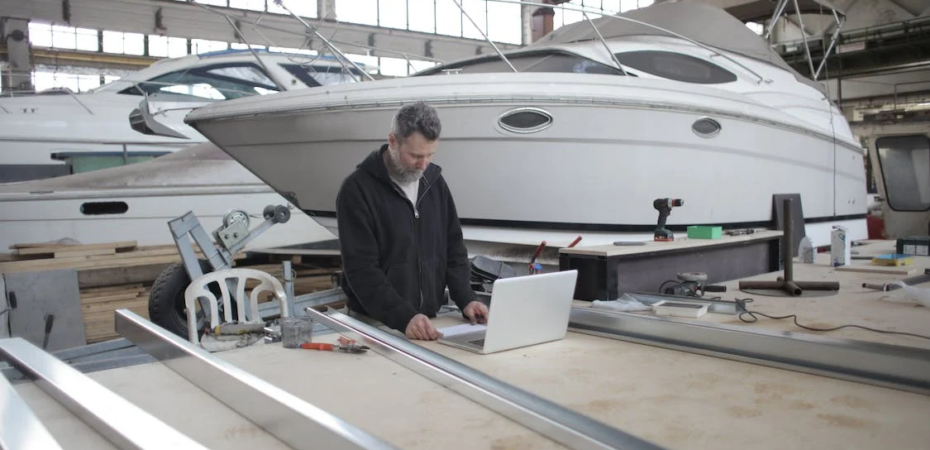Sailing is a refreshing and exciting outdoor escape from the mundane routine of everyday life. It’s an excellent way to enjoy and connect with nature. However, it’s important to prioritize regular and effective boat maintenance to ensure your sailing adventures remain enjoyable and worry-free.
For a little help, below are five simple boat maintenance practices to keep your boat in top shape and ready for your next sailing escapade.
Drain Water From The Bilge
The bilge, being the lowest part of the boat, is susceptible to collecting water, whether from rain, waves, or other sources, even with the help of boat scuppers. To kick off your daily boat maintenance routine, inspect and drain any water that may have collected in the bilge
Excess water in the bilge creates a breeding ground for mold and mildew. These unwanted guests produce unpleasant odors and can lead to respiratory issues for those on board. Over time, water in the bilge can lead to rust, corrosion, and even degradation of essential components.
A dry bilge contributes significantly to the overall comfort of your sailing experience. No one enjoys the sensation of sloshing water or the dampness that can permeate the cabin.

Rinse And Clean The Exterior
After a fun day on the water, get into the habit of washing the outside of your boat with fresh water. It isn’t just about making it look good. It’s about keeping your boat healthy. Use a hose or a bucket of water to wash off the salt, dirt, and other stuff that sticks to the hull and deck during your adventures.
Why? Salt might make your boat look like it’s been sprinkled with fairy dust. Over time, it can make things rusty. So, wash it away to keep everything in shipshape! Don’t forget about the deck and other surfaces.
Monitor Fluid Levels
Like a car, your boat has various fluids requiring regular monitoring. First up, there’s the oil. Ensure it’s at the right level, not too high or too low. Then, there’s the coolant. It helps your boat stay cool under pressure, wildly when the sun is blazing or you’re revving the engine.
Lastly, there’s the hydraulic fluid. It helps things move smoothly. Ensure it’s at the right level so your boat can turn, lift, and do all the cool things without hiccups. If you spot any leaks during your fluid check-up, don’t ignore them! Address them ASAP. And when it’s time to change fluids, follow the boat manual.
Taking care of these fluid levels might seem like a small thing, but it’s a big deal for your boat’s health. It ensures your boat’s engine and other systems run like a well-oiled machine.
Inspect And Lubricate Moving Parts
Your boat’s moving parts, like hinges, winches, and pulleys, need attention. These parts work hard, facing the elements and salty challenges of the sea. So, regularly give them a once-over. Check for any signs of wear and tear. They might not talk, but a rusty hinge or a worn-out pulley can send signals.
For lubrication, only use marine-grade lubricants to keep things slick and smooth. Why does this matter? Well, shipshape moving parts mean a happier boat and a happier you. It’s not just about preventing that annoying creaking sound.
It’s about ensuring that everything on your boat operates excellently. From easily adjusting sails to smoothly turning the wheel, these little parts make your sailing experience enjoyable and hassle-free. A little lubrication extends the life of your boat’s mechanical systems, ensuring that your sailing adventures remain as smooth as the sea breeze.

Check Your Prop
Your boat’s prop is that crucial component that propels you through the water. It’s essential to check it before and after each boating adventure to ensure a smooth and trouble-free ride.
Before setting sail, ensure the prop spins smoothly forward and reverse. Any resistance could indicate trouble, like a potential entanglement or debris around the propeller.
If the prop doesn’t cooperate in one direction, it’s time to inspect the prop shaft. Monofilament or braid could be lurking there, causing a hindrance. Detecting and resolving this early prevents it from turning into a more severe problem down the line.
After your adventure, give the prop a strong pull back and forth. It’s a quick check to ensure your prop nuts are tightly secured. Pay attention to dock lines as you’re wrapping up your boating day.
Inexperienced passengers might inadvertently leave a line trailing in the water. Ensuring these lines are safely stowed prevents them from tangling up in your prop and causing headaches.
Conclusion
In the boating world, confidence comes from knowing your vessel is in top-notch condition. So, invest a small amount of time each day to perform these five yet crucial boat maintenance practices. These routines are the foundation for worry-free and enjoyable sailing experiences.


 By
By 




